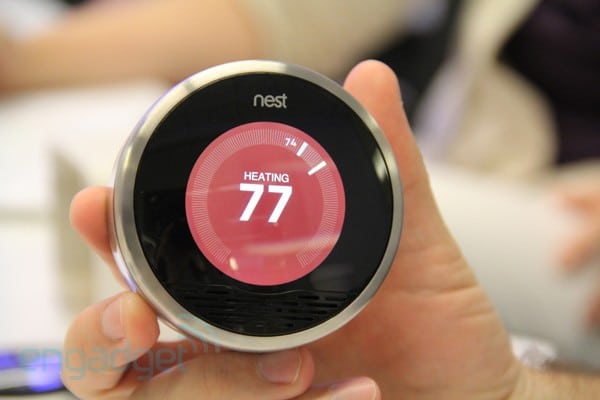
As far as the Security industry is concerned irrespective of whether the smart meter or energy management system provides the interface they can be connected immediately to their existing clients and provide a seamless service.
In the last month utility SCE launched a smart-meter-to-home program that further tests the boundaries of the smart grid by enlisting home security company ADT as a partner. The utility will use its SmartConnect meter platform, which provides customers a link to its AMI network, to enable its meters to beam data directly to customers of ADT’s Pulse platform the security giant’s move into broader home automation and connectivity services. The platform pulls all that data back up to the cloud, where it can provide Web and mobile interfaces so for existing Pulse customers, getting real-time home energy usage data from the utility will now be as simple as calling or going online. ADT has built its platform in partnership with iControl, the Palo Alto, Calif.-based startup that’s raised more than $100 million, most recently with a $50 million Series D round last summer. Investors include Cisco, Comcast Ventures, Intel Capital, Charles River Ventures, Kleiner Perkins’ iFund, Rogers Communications and Tyco International, the parent company of ADT. ADT Pulse uses Z-Wave wireless to connect its in-home devices, although iControl recent merger with uControl, uses ZigBee. ADT-iControl collaboration is just one of many taking place between retail and telecommunications providers and start-ups with technology to manage wireless networks and consumer interfaces in the home. Lowe’s is working with U.K. start-up AlertMe, EcoFactor is working with Comcast, and iControl is partnered with Time Warner Cable, while AT&T and Verizon also have their own home automation offerings. As the utilities smart meters programmes are rolled out many will start pilots to integrate their energy efficiency and demand response programs with third parties. Big-box stores and Telco providers will then start their huge marketing budgets to sell connected home services of which energy will play one part. This combination was never possible in the past and it should get the business off the ground and well into orbit. The security industry will play a vital part growing this massive business opportunity.


